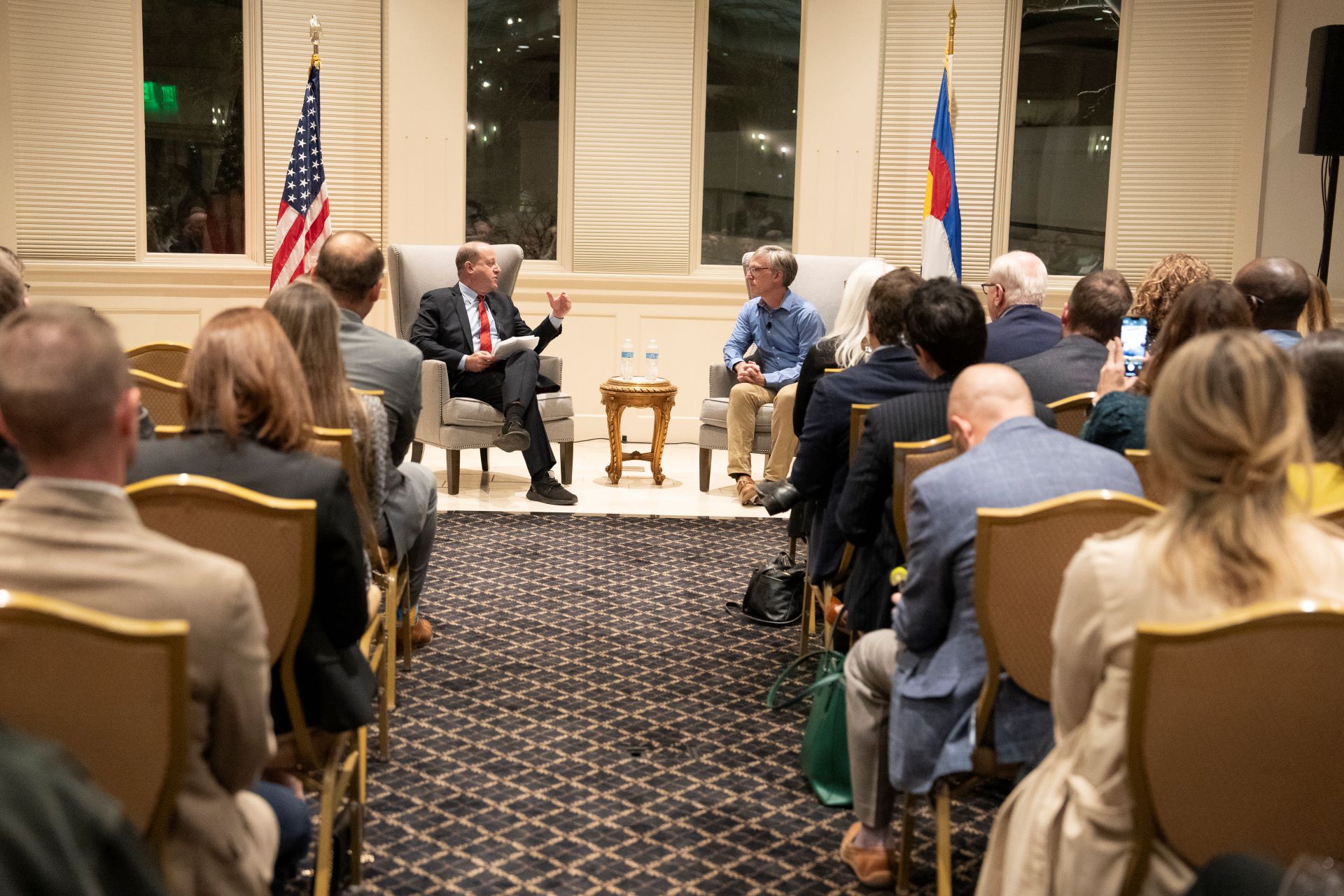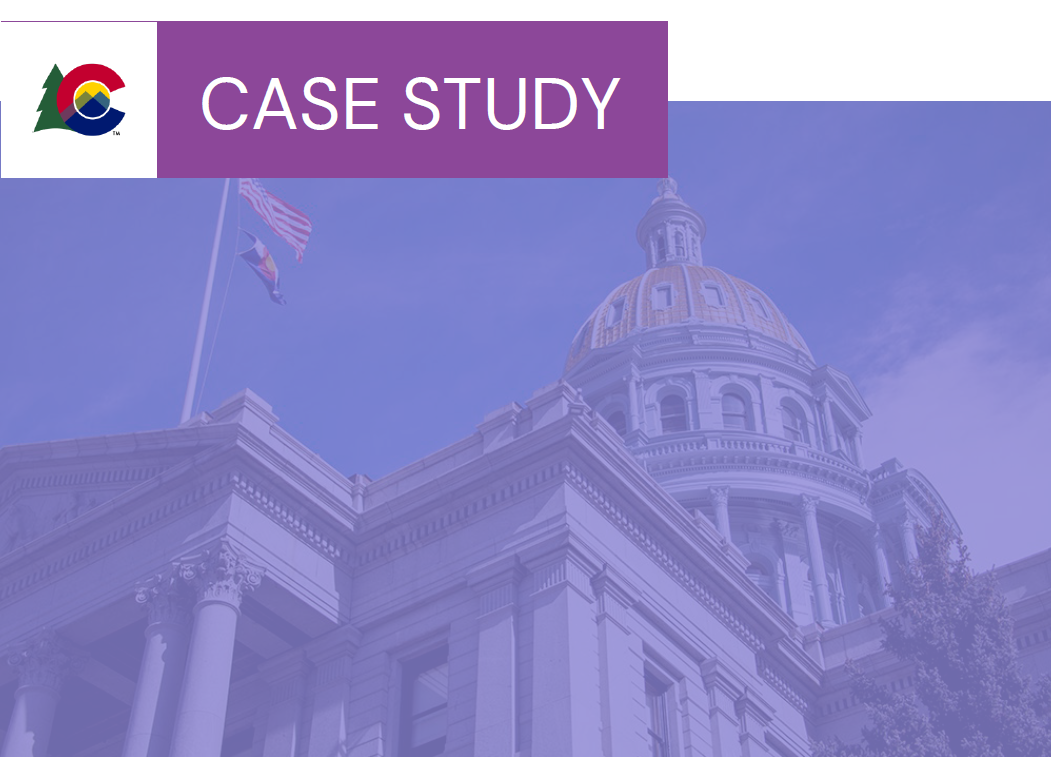A vast majority of Governors spent time during their State of the State addresses outlining their strategy for navigating 2023’s tight labor market, and bold investments in workforce development programs were at the heart of almost every proposal.
Governors used the platform of their 2023 State of the State addresses to propose bold investments in innovative workforce development initiatives that will confront widespread talent shortages and help workers succeed in today’s economy. The variety of proposals offered by Governors include historic investments in what would be new and unique programs as well as resources for scaling programs that have proven to be effective, such as registered apprenticeships and wraparound supports that address non-skill barriers to work like childcare and transportation. Several Governors also emphasized their agendas for incorporating skills-based hiring practices and establishing corresponding workforce development policy to successfully implement the Infrastructure Investment and Jobs Act, CHIPS and Science Act, and Inflation Reduction Act.
Among the Governors proposing new, bold investments in workforce development are Colorado Governor Jared Polis, Maryland Governor Wes Moore, Idaho Governor Brad Little, and North Dakota Governor Doug Burgum. Highlights from their State of the State Addresses and budgets represent some of the most significant and unique proposals so far this year and underscore the urgency and creativity with which Governors are advancing workforce development solutions in 2023.
Scaling Sector-Specific Programs: Colorado Governor Jared Polis
Governors are increasingly providing sector-specific pathways to good-paying careers in sectors experiencing the most persistent talent shortages. In his State of the State address, Gov. Polis pointed out that Colorado has two available jobs for every unemployed person and identified workforce development programs as a key tool for reversing the trend of fewer high school seniors continuing their education after 12th grade. “The reality is that today’s economy demands access to quick skill acquisition, whether that is a one, two or four year degree, professional training, an apprenticeship, or on-the job training,” Gov. Polis said.
Gov. Polis went on to highlight Care Forward Colorado – a program enacted in 2022 that covers the costs for residents pursuing a career in health care at one of the state’s community or technical colleges – as a model for meeting demand in other key sectors. “I’m proposing we expand Care Forward Colorado to include free training for other in-demand fields in the public and private sector like construction, firefighting, law enforcement, nursing, and early childhood education,” Gov. Polis said.
“We’ve already made historic investments in Colorado’s workforce. We’re creating regional training opportunities, supporting our local workforce centers, increasing disability employment opportunities, and adopting skills-based hiring practices and apprenticeship opportunities.”
Governor Jared Polis
Strengthening the Talent Pipeline Through Service: Maryland Governor Wes Moore
Several states have expanded service programs as an option for high school graduates – a strategy that enables residents to support their community while gaining work-related experience and serves as a vehicle to plug persistent workforce gaps. As the need for talent grows in public, nonprofit and other mission-focused occupations, new ideas are emerging for how to help young people matriculate and capitalize on the skills they build through service.
In his first State of the State, Gov. Moore laid out his signature, first-in-the-nation proposal to provide Marylanders with a paid Service Year Option – an initiative that would be executed by the Department of Service and Civic Innovation, which Gov. Moore established in January 2023.
If enacted, the SERVE Act would provide recent high school graduates and individuals with similar education levels with a paid professional experience in service sectors facing workforce shortages in Maryland, such as state and local government, education, and health. Program participants would work at least 30 hours per week and earn $15 an hour – all while carrying out work that’s critical for the state’s health and economic wellbeing.
“Our workforce, both public and private, is the key to our state’s future. Study after study tells us the same thing. … This isn’t something we need to create from scratch. That workforce already exists. The state just needs to strategically use its assets and resources to unlock its potential.”
Governor Wes Moore
Unveiling a Historic Proposal for Workforce Training Scholarships: Idaho Governor Brad Little
While federal lawmakers continue to seek a solution for providing enhanced financial aid to those who enroll in workforce development programs, Governors are investing state dollars to ensure that programs are affordable and that employers have the talent they need.
“As I travel the state and listen to employers about their challenges, workforce tops the list,” Gov. Little said in his State of the State. To address this challenge, Gov. Little unveiled a proposal for an $8,500 scholarship for high school graduates pursuing a career in industries currently facing a talent shortage.
The program, known as “Launch,” would amount to the largest investment in workforce development in the state’s history. The Launch workforce training program will enable students to enroll in career training for high-demand fields such as nursing, truck driving, information technology, construction, and more.
“Never have we provided a catalyst of this magnitude for students to “go on,” in whatever way suits them. There are many pathways to success in today’s economy and all pathways deserve our support. For some students, it means getting their CDL, becoming a lineman, or pursuing welding. For others, it is engineering, teaching, healthcare, or business. No matter what path a student chooses we are making it easier for them to get the advanced training they need to propel themselves and Idaho’s economy forward.”
Governor Brad Little
Deploying a Regional Strategy: North Dakota Governor Doug Burgum
State workforce development boards (SWDB) – which oversee the federally funded workforce system and support an array of workforce development services in local areas – play a key role in carrying out Governors’ vision for workforce development. When Gov. Burgum remarked on how businesses are struggling to hire and retain workers and outlined his strategy for meeting demand, he elevated recommendations provided to him by North Dakota’s SWDB as a key piece of the puzzle.
“It means following through on the recommendations of the Workforce Development Council and providing $20 million for a competitive Regional Workforce Impact Grant program,” Gov. Burgum said.
The Regional Workforce Impact Program (RWIP) was established in the spring of 2022 with funding from the American Rescue Plan Act and provided North Dakota’s eight regions with grants to address pressing challenges that are unique to their local areas. Gov. Burgum’s proposal to expand RWIP would boost programs that provide skills training and career counseling as well as initiatives designed to knock down barriers to workforce participation and success such as access to childcare and housing.
“Our most recent report showed 16,000 open and available job openings in November. And because employers typically don’t post all of their job openings at the same time, we estimate the actual number of jobs is at least twice that many – more than 32,000 open jobs.”
Governor Doug Burgum
A vast majority of Governors spent time during their State of the State addresses outlining their strategy for navigating 2023’s tight labor market, and bold investments in workforce development programs were at the heart of almost every proposal. Many Governors’ agendas include proposed investments to serve the full continuum of workers, from youth who are learning new skills at the onset of their career to incumbent workers who are striving to improve their livelihoods by reskilling and moving into a growing industry. As Governors seek to improve their state’s labor force participation rate to fill labor shortages, initiatives that provide key supports like housing and childcare are also playing a prominent role in Governors’ budget proposals, alongside more traditional offerings such as career counseling and skills training.
This article was developed by NGA staff: Jack Porter, Jordan Morang, and Katie Nichols. For more information on Governors’ workforce development efforts please contact communications@nga.org.













